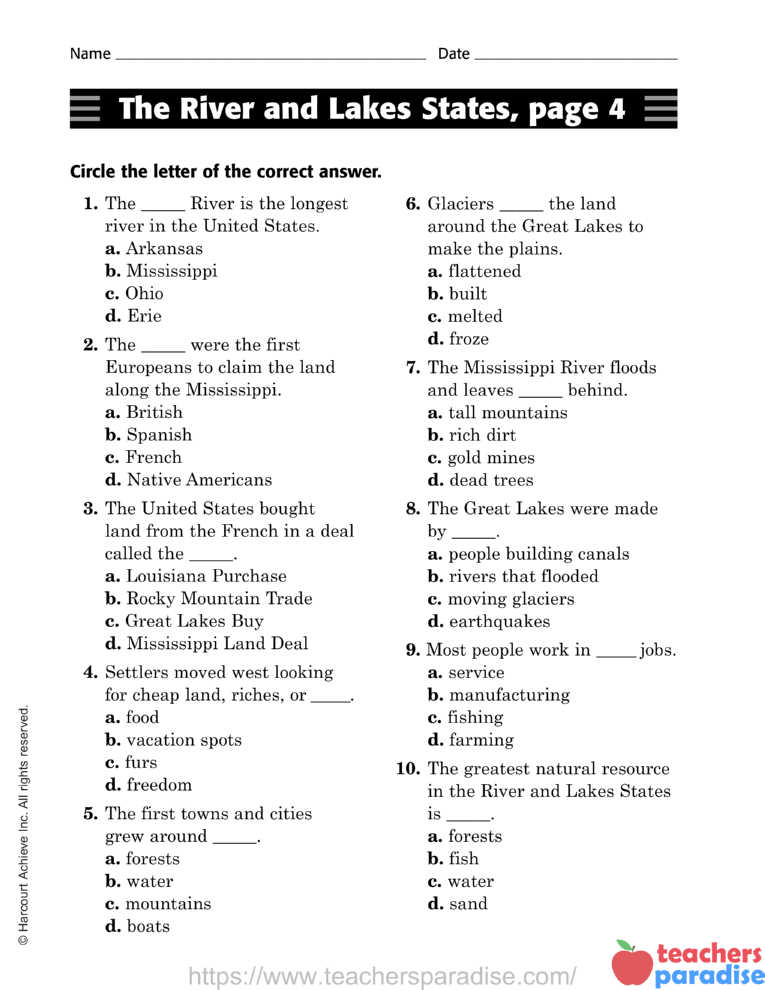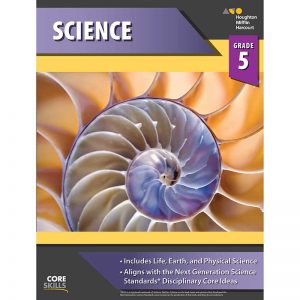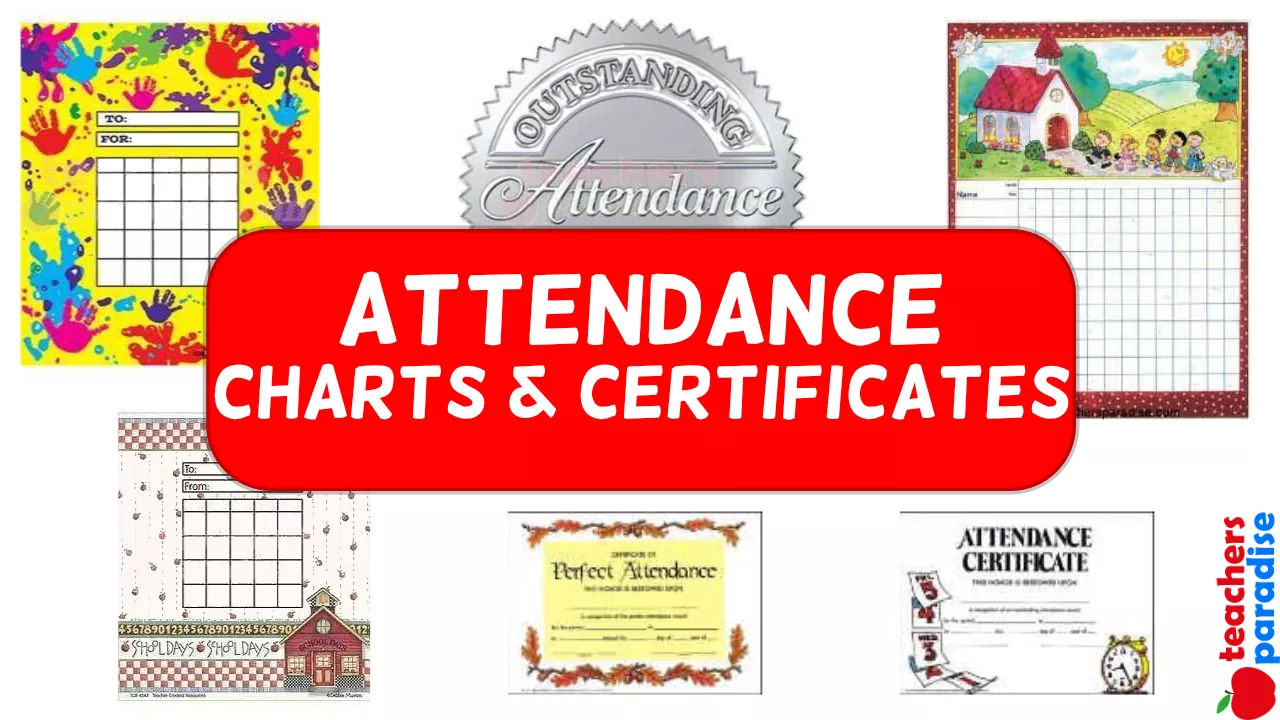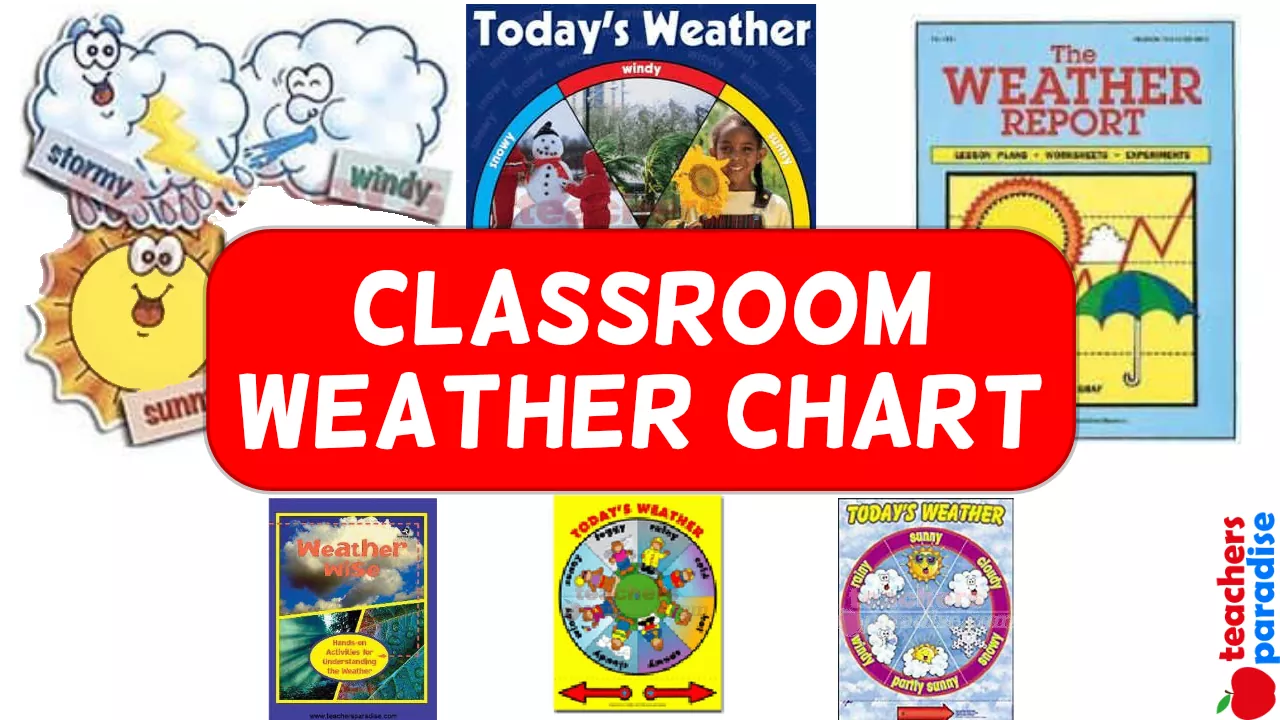The River and Lakes States Worksheet
The Mississippi River is the longest river in the United States. It begins in Minnesota and flows 2,348 miles to the Gulf of Mexico. It is important to the history of the United States, for transportation as well as boundary lines for states. The Great Lakes in the north are also important in the shaping of the United States. These glacier formed lakes were the key to transportation that moved people and goods. You will read why these water bodies are important to eleven states.
History
The Native Americans first living in the area made their homes along rivers and lakes. They fished, hunted, and grew many kinds of crops. When the Europeans started to explore the New World, the travelers followed the waterways. The French came from Canada. They traveled the length of the Mississippi River and claimed the land along the Mississippi River for their country and king. They also canoed on the Great Lakes. They found ways to move from lake to lake. The explorers often made friends with the natives. The French traded furs for goods the Native Americans had not seen before, like guns.
The Spanish explorers were looking for gold. They would follow the rivers for part of the way, but they often walked across the land. They would fight with the native groups they met.
WORKSHEET & Sample PDF Activity
Sample PDF Activity
The English were the last to arrive in the area. Mountains blocked the path, making it hard to move west. The English had claimed some of the land, though. For almost a century, France and Great Britain fought over the land. In 1763, Great Britain won the war and got all the land east of the Mississippi River. The land was peaceful for only a few years. The American colonies wanted their freedom. They wanted to make their own laws. They fought with Great Britain in the American Revolution. After that war, the United States owned the land. The new country got more land from the French in a deal called the Louisiana Purchase. The United States now owned land from the east coast to the Rocky Mountains.
Settlers flooded the paths west. They were looking for cheap land, riches, or freedom. Many traveled by rivers or through the Great Lakes on boats. The land was good for farming. Rivers were plentiful and led to the Mississippi River or to the Great Lakes. Goods were easily moved. Cities grew up on the rivers and lakes, too. The first groups of people that moved west were very successful.
Landscape
Glaciers are huge sheets of ice. At one time, they moved from the north to the south. They covered almost one half of the United States. The glaciers carried bits and pieces of rich dirt with them. They flattened the land to make the plains. They dug out big holes. As they melted, the water filled the holes. The rich soil was left behind, too. The five Great Lakes were formed by the glaciers. The lakes are Superior, Michigan, Huron, Erie, and Ontario. There are no mountains in the area because of the glaciers.
Along the Mississippi River, the land has more rolling hills. At one time, trees covered much of the land. Like the glaciers, the river carries rich soil from the river banks up north. As the river floods in the south, the rich soil is left behind. The land is also good for growing crops. Arkansas and Missouri are the only states in the River and Lakes Region with mountains.
Climate
Summers in this region are warm and humid. Breezes from the Gulf of Mexico blow across the land and greatly affect the climate. During the winter, the climate varies more. Cold, arctic winds from the north keep the states around the Great Lakes cold. Winters are longer. However, these arctic temperatures do not move all the way south. The winds from the Gulf of Mexico keep the cold winds away. Winter temperatures in the southern states, like Louisiana and Mississippi, are very mild.

Natural Resources
Water is an important resource in the Rivers and Lakes Region. The Mississippi River has many branches that flow across the states. The five Great Lakes are the biggest lakes in the nation. These water bodies supply water for homes and factories. They are also the main source of transportation for people and goods. They also provide fish as well as places for people to play while on vacation.
Soil is another natural resource. Glaciers and flooding rivers have left behind rich dirt that is good for farming. The ground also has many minerals. Coal, iron ore, and petroleum are found in the region.
Economy
People in the River and Lakes States have a variety of ways to earn a living. Farming is still an important job. Crops include cotton, corn, soybeans, and wheat. Animals include cattle and hogs. Some people work in factories. They manufacture such products as automobiles and cereal. Manufacturing has always been important because the waterways made it easy to move goods throughout the United States and the world.
The greatest source of money comes through service jobs. People who work in service jobs help other people. They work in stores, restaurants, and hospitals. Service people also buy large amounts of goods and then sell the same goods to other people. Since many states in this region have port cities, or cities on the water, it is easy to buy and sell large amounts of goods.
Higher Education
The first people moving west were often poor farmers. They wanted land to call their own. Working the farm was hard enough. Neighbors were miles apart. Unless the parents had some education, children often did not learn to read and write. Since the 1950s, laws have been passed to make sure children graduate from high school. Also, especially in the south, children of all races go to schools together. Many states have encouraged the building of colleges, universities, and technical schools. Some of the most recognized colleges include Notre Dame and the University of Iowa.
The River and Lakes States Today
When the French first explored the Mississippi River and the Great Lakes, they saw rich soil and endless waterways to move goods and people. They wrote to the people in France telling about the wealth of the land. The explorers never could have known just how fast the area would grow. The key to the wealth of this region is that the people have many important resources. Now, the River and Lakes States are well prepared to meet the 21st century.
Answer Key – The Rivers and Lakes States
Answer Key
- b
- c
- a
- d
- b
- a
- b
- c
- a
- c























